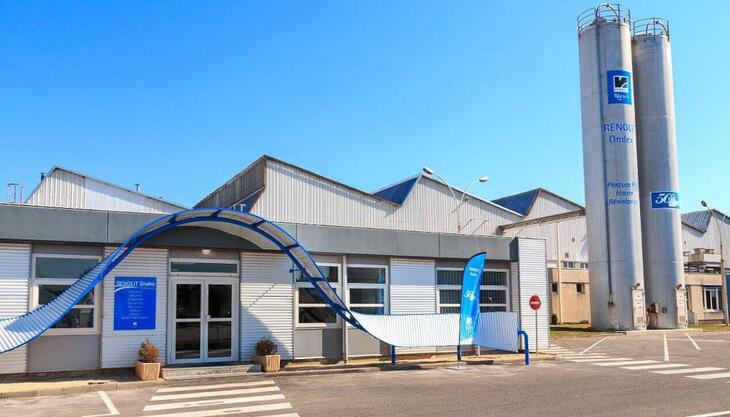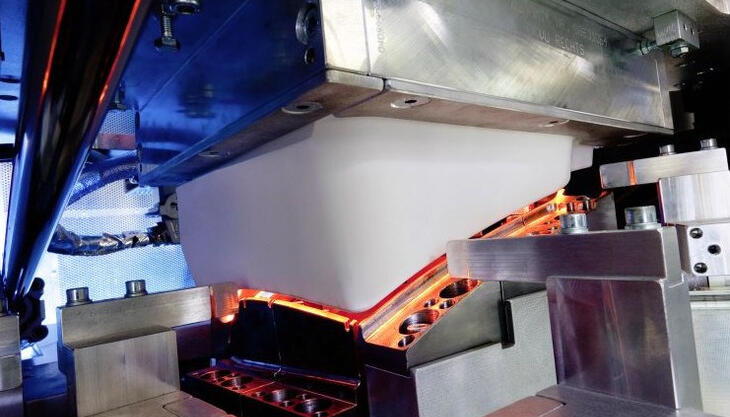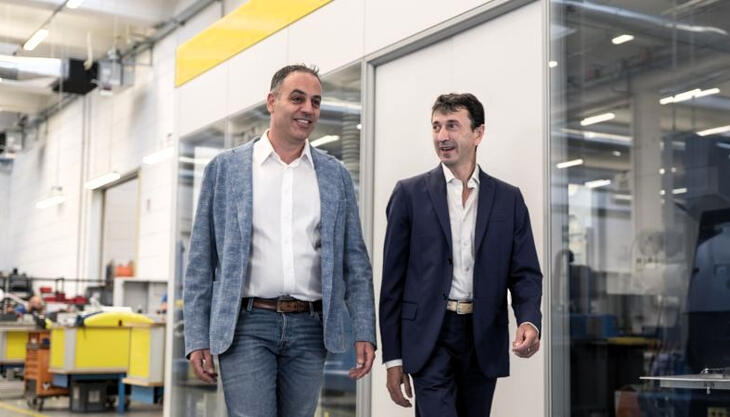US compounds demand
According to a recent study conducted by Freedonia, US demand for thermoplastic compounds should grow by 5% per year, exceeding 5 million tons by 2017, for a value of 14.3 billion dollars (exclusively regarding the resin component). This trend will be supported by the development of new products by the producers of these compounds, which will expand the range of application of thermoplastics, making them more competitive with respect to alternative materials.
The construction industry should offer the greatest opportunities, thanks to the post-recession recovery that began in 2012, heralding broad margins for development in the future. Significant gains in the pipe and coupling segment will be supported by competitive installation and maintenance costs, light weight, corrosion resistance and long life of plastic products with respect to those made of other materials. Thermoplastic compounds also provide advantages in applications such as flooring, cladding and windows thanks to an array of advantages over traditional wooden products. However, it should be pointed out that pipe and cladding manufacturers often produce their own compounds internally, reducing the opportunities for compound producers.
The demand for thermoplastics used in automobile components will be driven by the constant efforts to meet increasingly stringent standards for energy savings. The market for plastic compounds will also benefit from the durability, flexibility of design and relatively low cost of these materials. Long-fibre reinforced polypropylene (LFPP) is making significant progress as an alternative to steel in semi-structural, aesthetic and engine-compartment applications.
PVC is the fastest and most broadly growing resin in the thermoplastic compound market. This growth is based on the dominant position of the polymer in the construction industry, where it is widely used in pipes, couplings and cladding. The recovery of the construction market will create substantial opportunities for polyethylene in the production of pipes, cladding and waterproofing structures, while polypropylene, engineered polymers and thermoplastic elastomers will get a boost from the automobile market, where, in addition to reducing vehicle weight and cost, they also improve aesthetics and allow for innovative design.



















